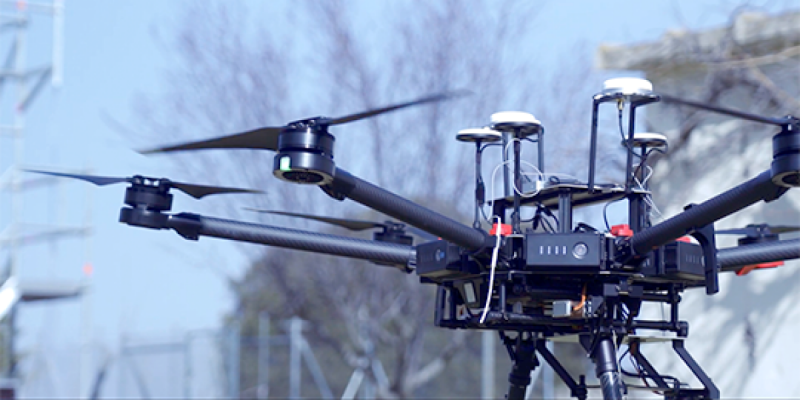In recent years, the rapid proliferation of drone technology has brought about a myriad of possibilities and challenges. As drones become increasingly accessible and versatile, concerns surrounding their potential misuse have grown in parallel. Addressing these concerns, the development of anti-drone technology has emerged as a crucial field of innovation. Anti-Drone solutions aim to counter unauthorized drone activities while ensuring the protection of privacy, security, and public safety. This article explores the evolution of anti-drone technology, delving into its key components, strategies, and emerging trends, ultimately highlighting its significance in safeguarding the skies.
Anti-Drone technology encompasses a broad range of systems designed to detect, track, and neutralize unauthorized drone activities. To counter this threat effectively, various technologies are employed, each targeting different aspects of drone detection and mitigation. These include radar systems, radio frequency (RF) sensors, acoustic sensors, optical sensors, and even artificial intelligence (AI) algorithms.
Radar systems form the foundation of many Anti-Drone solutions, utilizing radio waves to detect and track drones in real-time. RF sensors and acoustic sensors complement radar systems by providing additional information about a drone's location and characteristics. Optical sensors, such as cameras and infrared sensors, enhance the visual identification capabilities of anti-drone systems, allowing operators to assess potential threats more accurately.
Artificial intelligence has revolutionized the field of Anti-Drone technology, enabling advanced detection and response capabilities. By analyzing vast amounts of data collected from various sensors, AI algorithms can differentiate between drones and other flying objects, minimizing false positives. Machine learning techniques empower anti-drone systems to continuously improve their accuracy and adapt to evolving drone technologies, making them more efficient at detecting and mitigating potential threats.
When unauthorized drones are detected, anti-drone systems employ a range of countermeasures to neutralize the threat. Non-kinetic measures include signal jamming, where the drone's control signals are disrupted, forcing it to land or return to its operator. Other non-kinetic options involve using directed energy weapons to disable or disrupt a drone's systems.
However, when faced with more severe threats, kinetic measures may be necessary. These include utilizing Anti-Drone projectiles, net launchers, or even trained birds of prey to physically intercept and capture rogue drones. While the use of kinetic countermeasures requires careful consideration and adherence to local laws, they represent a viable option in certain scenarios.
As drones become more sophisticated and adaptive, Anti-Drone technology must keep pace with these advancements. One emerging trend is the integration of anti-drone systems with existing airspace management solutions, allowing for more coordinated and efficient responses. Additionally, the development of low-power, lightweight sensors and countermeasures will enable portable anti-drone solutions for rapid deployment in various environments.
Furthermore, advancements in AI and machine learning will enhance the intelligence and autonomy of anti-drone systems. They will be able to predict and prevent potential threats, proactively countering drone incursions. Collaborative efforts between industry, governments, and regulatory bodies will also play a crucial role in standardizing anti-drone technology and establishing guidelines for responsible usage.
The rise of drones has brought numerous benefits, but it has also raised concerns about privacy, security, and public safety. Anti-Drone technology acts as a vital safeguard, ensuring the skies remain protected and accessible for legitimate purposes. By leveraging innovative solutions, such as advanced sensors, AI algorithms, and both non-kinetic and kinetic countermeasures
